|
It was today in 1284, in the Welsh town of Rhuddlan that an act, known as the Statute of Rhuddlan, became law. This meant that the people of Wales had to abide by the laws of England and that Edward I was able to place of his choice of officials in important positions. Seventeen years later in 1301, he would reinforce his claim to Wales by making his son, Edward of Caernarfon, Prince of Wales. By 1535, under the Laws of Wales Act, Wales became part of England, a single state under English laws, since then its Englishness/Welshness has become a subject open to interpretation.
0 Comments
Henry of Grosmont, writes author Kathryn Warner, was "brave, devout, intelligent, courteous, sensual, cultured, wise, gracious, flamboyant, humble and charismatic." Henry was also generous and kind, an example of his generosity and kindness can be seen through his treatment of his father, Henry of Lancaster and the founding, in 1353, of the Collegiate Church of the Annunciation of Our Lady of the Newarke. In the last years of his life Grosmont's father was blind and spent his remaining few years at Leicester Castle. It maybe due to his medical afflictions and the reliance on his son that in 1331 he founded an infirmary for the poor in Leicester. Henry of Lancaster died in 1345 and was buried at Leicester Castle. Following the completion of his Collegiate Church, Henry of Grosmont had his father's remains re interred. Just sixteen years later Henry would be dead of the plague, he died on the 23rd March 1361, he would be laid to rest along side his father in Leicester.
You can read more of Henry of Grosmont in Kathyrn's blog at edwardthesecond.blogspot.co.uk/2009/08/verray-parfit-gentil-knyght-henry-of.html King Richard III, the last English monarch to die in battle and the last to bear the name of Plantagenet was laid to rest on the 26th March in 2015. Richard's mortal remains now rest in Leicester Cathedral under a newly carved tomb that is a far cry from the grave in which he spent the previous five hundred and thirty years. The choice of cathedral had caused much controversy, many people were of the opinion that Richard should be re interred in a much grander cathedral, and most favoured York Minster. This resulted in the City of Leicester and the cathedral itself being subjected to name calling and abuse, which I found disgraceful. To my mind, disregarding the facts that Richard died on a battlefield in Leicestershire and was buried in Leicester itself, it did not matter if Leicester Cathedral was not as grand as York, it is a house of God, and that should have been respected. Leicester Cathedral should be proud of what they achieved, not only of the service which was respectful to all, but of the effort they made to mark the occasion. Flowers were in abundance, there were white roses, and yellow planta genista from which the Plantagenet dynasty gets its name. There were military and royal guests, historians, celebrities and members of the public, not me though, my name was not pulled from the hat. I watched it on the television in the comfort of my front room. No matter that, for my husband and I spent three days during the week long re interment celebrations in Leicester. We started with a drive along the route the cortege would take, visiting Stoke Golding and Crown Hill, the place at which Henry VII received Richard's crown, at Dadlington where many of those killed at Bosworth were buried and Sutton Cheney church where Richard is said to prayed the night before the battle. We attended the Bosworth Field ceremony where the kings coffin passed directly in front of me. Finally, we queued among thousands of friendly people all waiting patiently to view Richards coffin in repose.
It is wonderful to think that I was part of history in the making. "Uneasy lies the head that wears the crown" states a sickly Henry IV in Shakespeare's King Henry IV, Part II. Henry is tired of rebellion, he is feeling guilty for having usurped the throne from Richard II. Shakespeare has him dying burdened with much responsibility and that maybe so, but in reality he is thought to have died from whatever it was that caused a number of recurring illnesses that affected him nearly every year since 1405. This may have been syphilis, but most favour some skin disease such as psoriasis or leprosy. However, looking at is funeral effigy, it maybe he died from some kind of heart disease linked with weight or inactivity. The alabaster Henry IV is nothing like the famous 16th century image of him, he looks more like Jeremy Irons in the television series The Hollow Crown. If he looks like anyone, its Henry VIII.
King Henry IV collapsed in Westminster Abbey and died this day in 1413 in the Jerusalem Chamber. He was buried, as was his wish, at Canterbury Cathedral. John Beaufort, the first of the Beaufort's, a family base born was highly regarded and gave good service to the crown. He was a diplomat and performed a number of official roles. He escorted his niece Blanche to Cologne for her marriage, and Joan of Navarre from Brittany into England for her marriage to the king. Regardless of his royal position he had little to show for it, there were no estates or money to inherit, and what land he held was granted by Richard II and Henry IV. The Beaufort family were the children born to Katherine Swynsford and John of Gaunt, the son of Edward III. They were given the name of Beaufort from Gaunt's castle in Champagne, in north-east France. Following the death of his second wife in 1394 Gaunt married Katherine in the February 1396. The following year Richard II acknowledged the children as members of the royal family and addressed them as consanguineos sous - his cousins. Just under one hundred years later, the last of the Beauforts would use this family connection to assert the Lancastrian's right to the throne of England, a claim that had no basis, as the Lancastrian king Henry IV had excluded them from the line of succession. This made no difference of course, if Henry IV claimed the throne by murder and usurpation then the son of the last remaining Beaufort could take it by conquest. It seems John Beaufort was out shined by nearly all of his family, most had a role in an event that history remembers, John Beaufort is only really remembered as the bastard offspring of an adulterous affair. He died of an unknown illness on the 16th March 1410 at just forty years of age. Even in death he shares his tomb with his wife and her second husband in Canterbury Cathedral.
It was on the 9th March 1566 that Italian David Rizzio, private secretary to Mary Queen of Scots was murdered at Holyrood House in Edinburgh. Out of the fourteen men involved in Rizzio's death it had been Patrick, Lord Ruthven who was the first in the queen's bedchamber that evening, standing in the door way he was wearing full armour that covered his nightshirt, Forcing his way into the room he shouted the words “May it please your majesty to let yonder man Davie come forth of your presence, for he has been overlong here.” Rizzio is said to have hidden behind Mary's skirts before he was dragged kicking and screaming to his death, he was stabbed over fifty times before his body was pushed to the bottom of a stone staircase. Later, in his testimony on Rizzio's murder, Ruthven stated that the Scottish lords had acted in what they considered was the best for Mary's husband Henry Darnley, Mary herself, the State of Scotland and religion. State and religion, I imagine were the main factors behind this plot, Darnley I think was not. It must have been very clear to the Scottish lords that Henry Darnley was jealous of Rizzio's relationship with the queen and he was easily persuaded to join in the plot. However, when it came to the day when action was needed Darnley refused to stab Rizzio, standing back, he distanced himself from what was a frenzied attack. Angered by this his dagger was cleverly left in the body to show his involvement, a fact that was mentioned thirteen days later in English state papers when diplomat Sir Thomas Smith wrote to Lord Burghley. "His (Darnley) dagger was left standing in Rizzio's body. Their mind was to have hanged Rizzio. The Lords of this last attempt have written Murray not to forbear for their cause to agree with the Queen. Lennox remains at Dunbar much offended with his son. The King repents of it, and confesses that he was abused." In this affair poor David Rizzio goes down his history as a scapegoat, and Henry Darnley a weak willed coward. Darnley's death a year later was a violent one too, implicated in that was James Bothwell. Lord Ruthven died in his bed three months later. Of the final fate of David Rizzio there is some confusion, but it is considered by many that he lies in unmarked grave at Hollyrood Abbey.
Sometimes I wonder how people manage to achieve so much in their lives, and what drives them in their pursuit of knowledge. People such as astronomer John Herschel, whose daily life must have been taken up with constant study, writing and experimentation. To achieve what Herschel did, he must have been up at the crack of dawn, and at the end of the day he was climbing into bed when others had been asleep for hours. Sir John Frederick William Herschel, English astronomer, mathematician and chemist was born on the 7th March in 1792 to a to a father who was equally industrious - composer and astronomer William Herschel. William Herschel is credited with the discovery the planet Uranus, and John would become equally influential in the field of astronomy as well as chemistry, botany and photography. Herschel continued the work of his father in the study of planets, he discovered the four moons of Uranus and the seven moons of Saturn. Herschel's work in the field of botany influenced Charles Darwin. The opening lines of Darwin's The Origin of Species refers to Herschel, where he (Darwin) writes his intention is "to throw some light on the origin of species that mystery of mysteries, as it has been called by one of our greatest philosophers" John Herschel was also influential in the new medium of photography, he helped to refine the process of fixing photographs, that is making images permanent and it was Herschel who advised William Henry Fox Talbot in his attempts to create the first photograph. It has been suggested that John Herschel was the first to use the word ‘photography’ and also coining the terms ‘positive’ and ‘negative.’ Not only did he play an important part in the chemistry behind the invention of the photograph, he also encouraged others to use this medium, especially Margaret Cameron, whose work in the subject was influential in the world of art. John Herschel and his father were not the only members of the family to study astronomy, John's aunt Caroline was famous in this field too. Caroline discovered a number of comets and in 1828 she received a gold medal award from the Royal Astronomical Society, she was the first woman to receive this prize.
On the 28th April 1789, Captain William Bligh and eighteen crew members had been cast adrift from the HMS Bounty that had been sailing from Tahiti to the West Indies. It was on the 14th of June that they finally reached the island of Timor after travelling nearly 4,000 miles in a small boat. Captain Bligh eventually returned to England arriving on the 14th of March the following year to find the the country was already talking of the mutiny. He was at first proclaimed a hero, but later court martialled for the loss of his ship. This resulted in his acquittal.
The crew of the HMS Bounty, led by Fletcher Christian, mutinied just off the Friendly Islands. Following setting their captain adrift, they headed for the Pitcairn Islands Who was the goody and baddie in this sad tale? Was it Bligh, the supposed cruel and brutal Captain? Was Fletcher Christian a hero for not being afraid to standing up to a bully or was Bligh doing what he was supposed to do, that is captain his ship and keep control his men. Was Christian a rebel who mutinied when he was denied what he wanted. What was the truth I wonder? At three o'clock in the afternoon of the 24th March 1603, Henry Tudor's mighty dynasty, that had been founded on a field in Leicestershire in 1485, came to an end after just 118 years. Henry VII's granddaughter, Queen Elizabeth I, died at the age of six-nine after forty-four years on the throne, she may have not been the male heir her father desired, but she was certainly the next best thing. Elizabeth was spirited, feisty and intelligent and her reign would be known as the Golden Age. Elizabeth is said to have died on cushions on the floor of her private rooms, " mildly like a lamb, easily like a ripe apple from a tree… " Elizabeth's body was first buried in the same vault as that of her grandfather, but was moved in 1606 to its present position alongside King James I.
The inscriptions are in Latin and translated they read: "Sacred to memory: Religion to its primitive purity restored, peace settled, money restored to its just value, domestic rebellion quelled, France relieved when involved with intestine divisions; the Netherlands supported; the Spanish Armada vanquished; Ireland almost lost by rebels, eased by routing the Spaniard; the revenues of both universities much enlarged by a Law of Provisions; and lastly, all England enriched. Elizabeth, a most prudent governor 45 years, a victorious and triumphant Queen, most strictly religious, most happy, by a calm and resigned death at her 70th year left her mortal remains, till by Christ's Word they shall rise to immortality, to be deposited in the Church, by her established and lastly founded. She died the 24th of March, Anno 1602 of her reign the 45th year, of her age the 70th. To the eternal memory of Elizabeth queen of England, France and Ireland, daughter of King Henry VIII, grand-daughter of King Henry VII, great-grand-daughter to King Edward IV. Mother of her country, a nursing-mother to religion and all liberal sciences, skilled in many languages, adorned with excellent endowments both of body and mind, and excellent for princely virtues beyond her sex. James, king of Great Britain, France and Ireland, hath devoutly and justly erected this monument to her whose virtues and kingdoms he inherits" On the base of the monument are the lovely words in reference to Elizabeth and her half sister Mary: "Partners in throne and grave, here we sleep, Elizabeth and Mary, sisters, in hope of the Resurrection." The last Grand Master of the Knights Templar was one Jacques de Molay, and it was on an island on the River Seine that he was executed. On the Pont Neur Bridge, which overlooks the island, there is a plaque that reads 'At this location, Jacques de Molay, last Grand Master of the Knights Templar, was burned on 18 March 1314. Molay was born either in the French village of Rahon or Molay in 1244. Around the middle of the thirteenth century, Molay became a templar knight after he had fought in Syria and was Grand Master of the Order by 1298. You could call the Templars astute businessmen, for not only did they own large areas of land, but they also owned farms and vineyards and built churches and castles. They had large fleets of ships and at one time they owned the island of Cyprus. By the end of the century, the order was in decline due to Saladin and his forces taking control in the Middle East. 1306 saw Philip IV expel all the Jewish population and at the same time he was probably responsible for the false, but nonetheless damaging, rumours regarding the Order and because of this it was Molay who asked Pope Clement V to investigate. A year later the king had the French Templar Knights, including Molay, arrested. Under torture, he confessed the rumours of blasphemy to be true but argued others' accusations were not. Initially, the pope intervened on behalf of the Templars and encouraged by Molay they all retracted their confessions. Six years later a commission of three Cardinals condemned Molay an order of life imprisonment was placed on him but he stood by his original statement, Phillip IV called him a 'relapsed heretic' and ordered his death at the stake. In the book, The Second Messiah: Templars, the Turin Shroud and the Great Secret of Freemasonry, the author suggests that Morlay was crucified and that the image on the famous Shroud of Turin is that of Molay, but I believe tests have proved that origins of the shroud predate Molay.
|
Archives
February 2024
Categories
All
After ten years in the workplace I became a mother to three very beautiful daughters, I was fortunate enough to have been able to stay at home and spend my time with them as they grew into the young women they are now. I am still in the position of being able to be at home and pursue all the interests I have previously mentioned. We live in a beautiful Victorian spa town with wooded walks for the dog, lovely shops and a host of lovely people, what more could I ask for.
All works © Andrea Povey 2014. Please do not reproduce without the expressed written consent of Andrea Povey. |
- Home
-
My Family Stories
- Bustaine of Braunton: Introduction
- Hunt of Barnstaple Introduction >
- Lakeman of Mevagissey >
- Meavy Introduction >
- Mitchell of Crantock: An Introduction >
- Mohun of Dunster: Introduction >
- Purches of Hampshire and Cornwall >
- Scoboryo of St Columb Major >
-
Thomas Vaughan: An Introduction
>
- Smith of Barkby Introduction >
- Taylor Introduction >
- Tosny of Normandy >
- Toon of Leicestershire: Introduction >
- Underwood of Coleorton Introduction
- Umfreville of Devon >
- Other Families
- History Blog
- Wars of the Roses Blog
- The Ancestors
- A to E
- F to J
- K to O
- P to T
- U to Z
- Hendley of Coursehorne Kent
- Pigott Family of Whaddon Buckinghamshire
- Links
- Contact
- Umfreville test

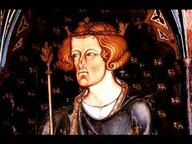
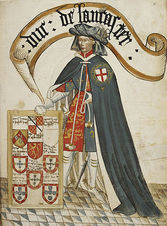
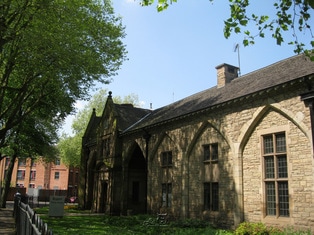
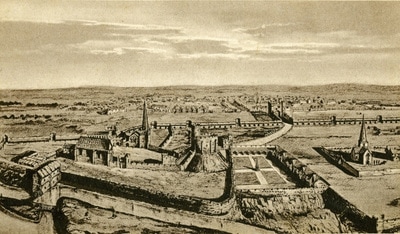

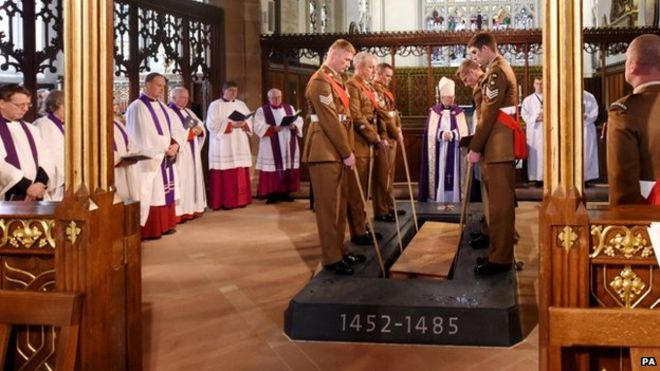
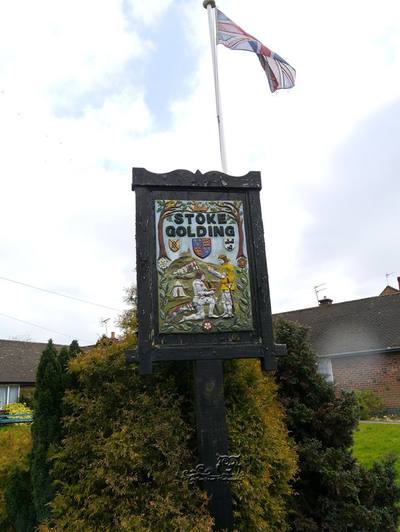
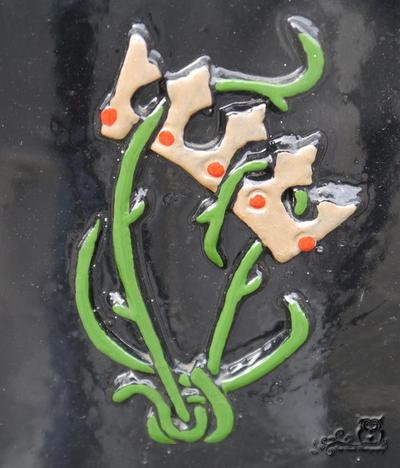
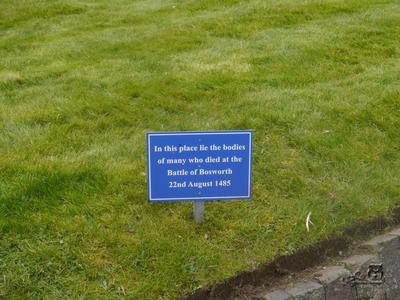
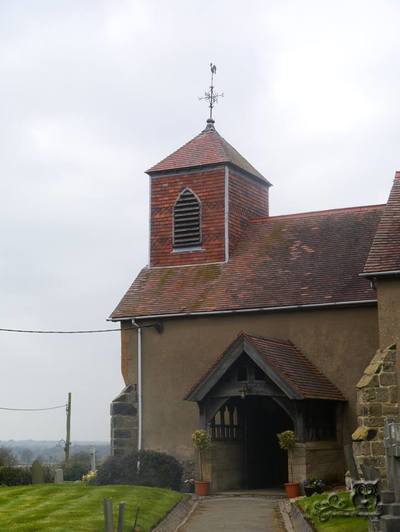
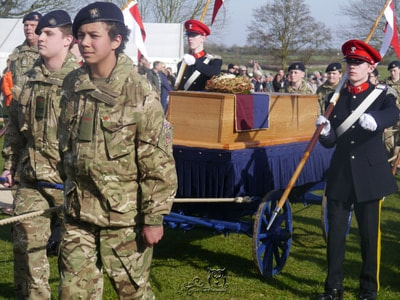

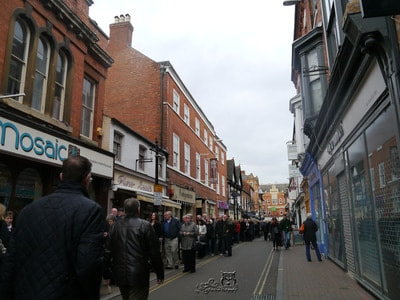
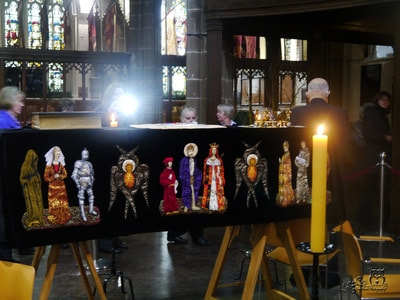
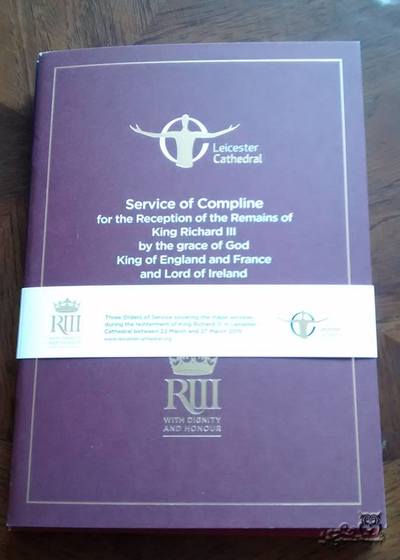
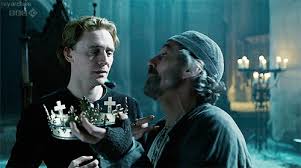

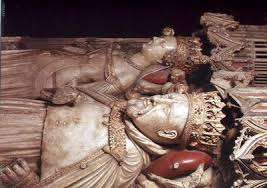

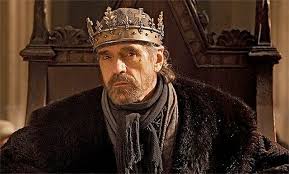



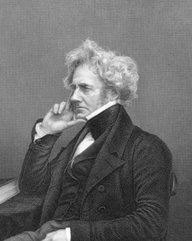

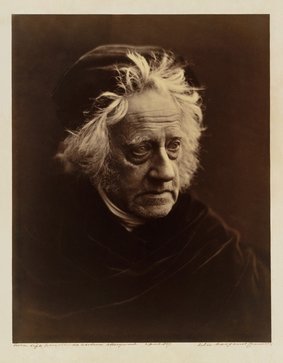
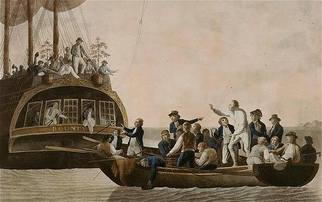
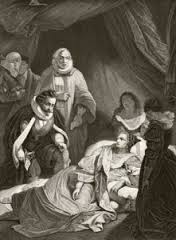
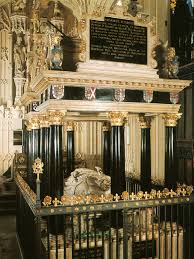

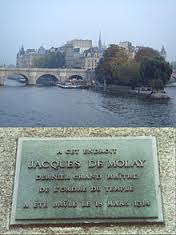
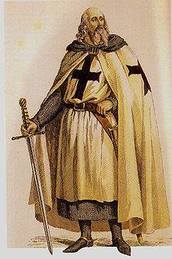
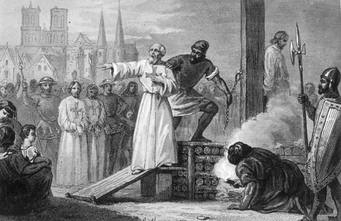

 RSS Feed
RSS Feed
